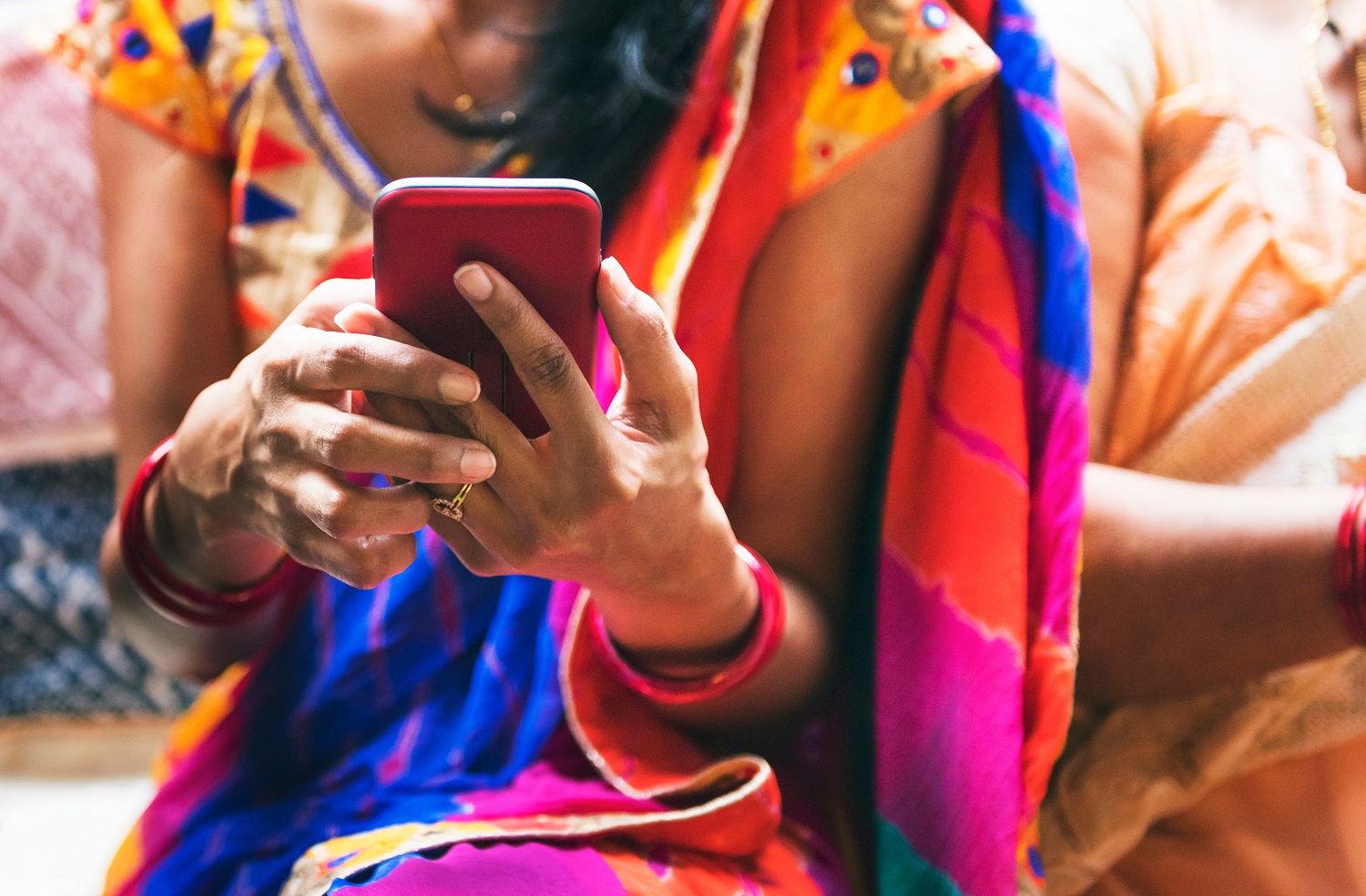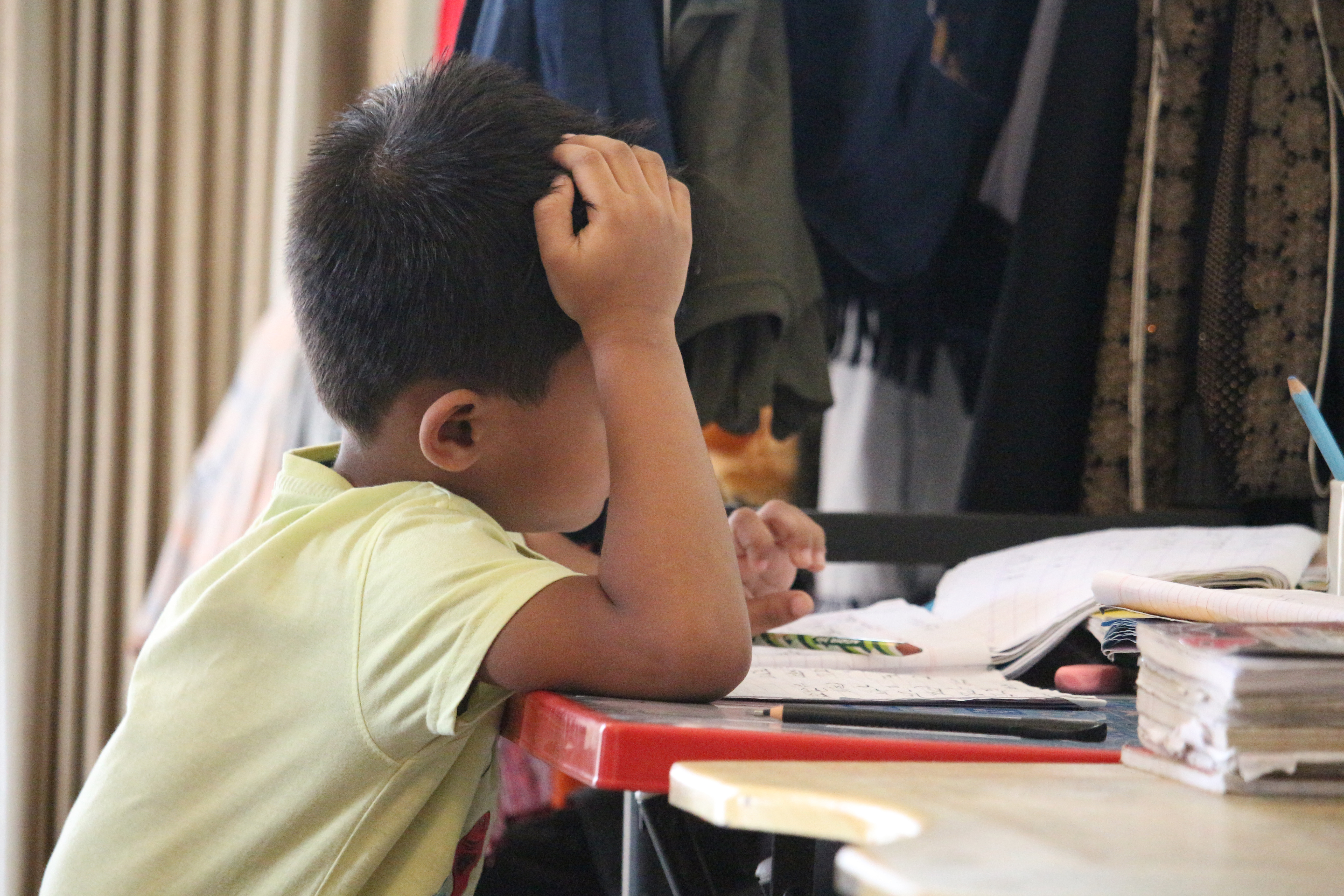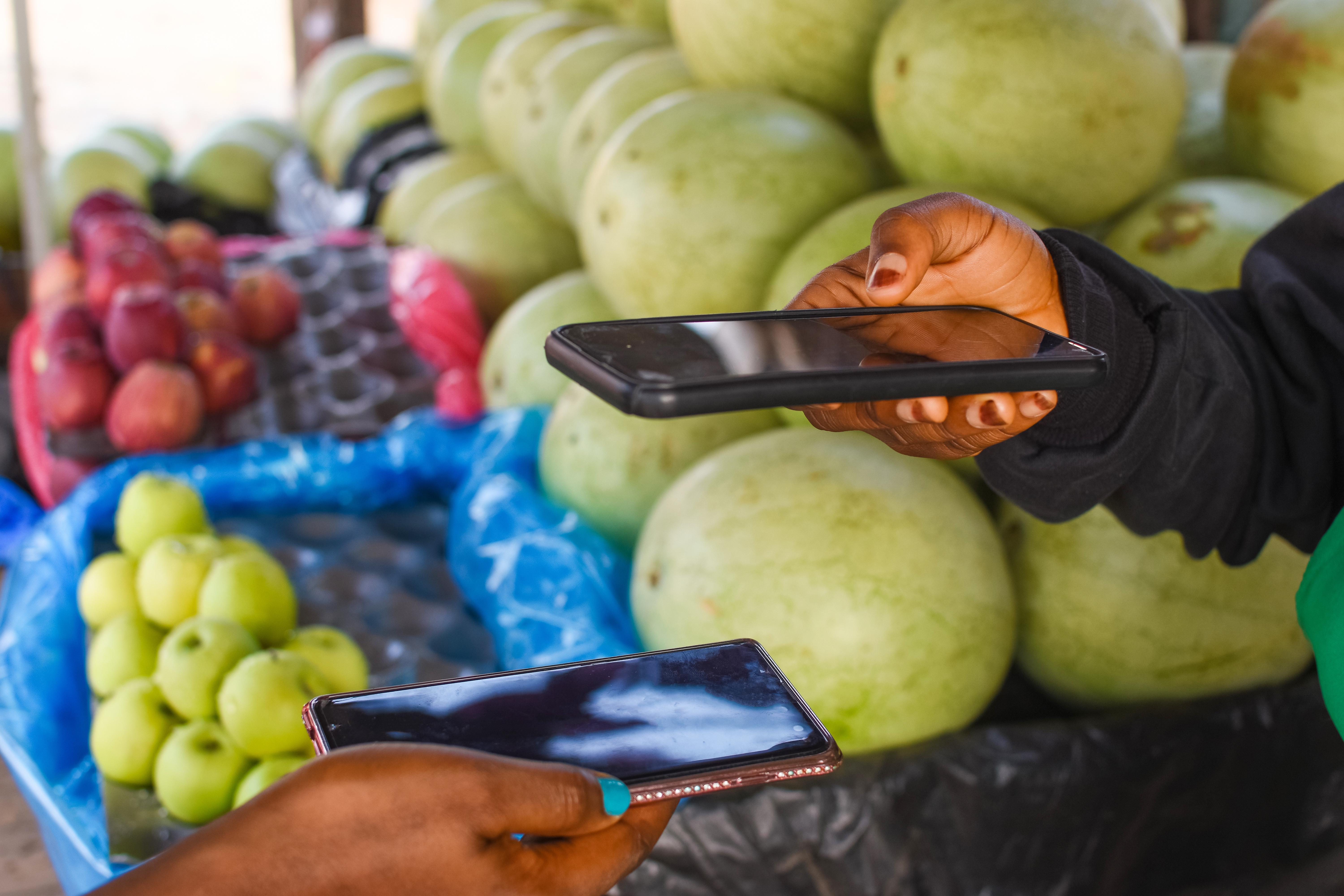The importance of ID for empowering women and girls is spot-on, but so far discussions about identification and gender haven’t given equal attention to the other side of the equation. And new data shows that when it comes to identification and gender equality, we encounter a two-way street. Identification isn’t just critical for achieving gender equality; addressing underlying gender discrimination is essential to making sure that all people have identification and the benefits that come along with it. Later on in this blog we set out practical ways to help more women and girls obtain legal identification. But first, let’s take a step back.
In November, CGD hosted an event on identification and the SDGs (see the blog post about the event here), which among other things discussed the intersection of ID and gender equality. Then, in a recent World Bank blog, Lucia Hanmer and Mariana Dahan continued the conversation, focusing specifically on the importance of identification for empowering women and girls.
Their position is well-founded: Women without IDs can’t open a bank account, access credit, vote, claim entitlements, or inherit property. Without ID, women cannot take advantage of economic opportunities and exercise their rights as citizens. And as “Mapping Gender Data Gaps” (done by Data2X, a platform for partners to work together on gender data) demonstrated, having proper identification (birth, death, marriage and divorce registration, as well as a national ID card) is also a fundamental part of making sure that women and girls are counted in data collection efforts and that resulting policies take them into account.
But beyond what ID can do for gender equality, we also need to look at how incorporating a gender lens is critical to meeting SDG 16.9, which seeks to “provide legal identity for all, including birth registration” by 2030. New data comes from Data2X-commissioned empirical analyses of Demographic and Health Surveys (DHS) and Multiple Indicator Cluster Survey (MICS) data (“Assessment of the quality and relevance of existing data to monitor the gender dimensions of CRVS in Asia and the Pacific” by James C. Knowles and “An overview of birth registration trends in Africa, using the DHS and MICS surveys” by Gayatri Koolwal, both forthcoming).
- Countries in Asia and the Pacific with low birth registration rates (13 countries) witness little or no gender differentials in these rates, on average. But possession of a birth certificate does not guarantee possession of an ID card. The DHS for Pakistan tracks both and finds no gender differences in birth registration but a significant differential in possession of ID cards in favor of males, aged 18 to 40. Even when adjusting for gender differences in education and marital status, females are 6 percent less likely to have an ID card.
- Across 33 African countries, there are no significant gender differences in under-registration of births, but in a few (4 countries), being a girl significantly lowered the chances of having a birth certificate, controlling for other variables. Culture and demography rather than wealth seem to explain these differences. The most prevalent under-registration of girls occurs in polygamous households.
These data reveal that gender inequalities manifested in various ways – from child marriage and religious or consensual unions to the stigma in many countries surrounding unwed mothers – play a role in determining who is likely to lack birth registration, with consequences for both girls and boys. Understanding identification from a gender perspective allows us to recognize and prioritize particularly vulnerable populations and those least likely to have proper ID, among them the children of women who have not been educated, have been married at young ages, live in polygamous households, or are single or unmarried mothers.
How do we target these populations?
- Eliminate fees associated with obtaining ID. Knowles found that, among those who failed to register their children in Asia and the Pacific, fees were cited as the number one reason.
- Provide incentives. A significant gender gap in birth registration favoring boys in Nepal disappeared in the disadvantaged population that received a government cash grant program while it remained in the general population (Jim Knowles again).
- Target women and use women’s organizations to spread the message of the importance of having ID cards. (This has been done in Indonesia.)
- Take into account local customs and constraints restricting women’s mobility and social interactions with men, through establishing female-only enrollment units. (This has been done in Pakistan.)
- Make use of mobile technology and/or mobile registration services. The distance to civil registry offices has also been cited as an impediment to obtaining ID.
- Integrate registration into schools/maternal and child health (MCH) services.
Over the next few months, we’ll explore these and other potential solutions, as well as the intersection of gender and identification generally. Stay tuned for a spring event bringing together CGD senior fellows including ID expert Alan Gelb, the World Bank, and others to continue this important conversation.
Disclaimer
CGD blog posts reflect the views of the authors, drawing on prior research and experience in their areas of expertise. CGD is a nonpartisan, independent organization and does not take institutional positions.





